Can You Spot The Camouflaged Animal Game
Animals have evolved a range of cover-up tactics, from simple colour matching to sophisticated mimicry.
See if you can spot the creatures in the photos beneath - drag the slider to reveal them. Will millions of years of evolution outwit you?
This moth is able to remain hidden in plain view by matching its colour to its background.
Some forms of color matching are even simpler, such as polar bears hiding against the white Arctic ice.
The common potoo, Nyctibius griseus, is not only coloured to expect like a log, information technology acts like i too. Perching at the finish of a dead tree branch, information technology tilts itself to look like an extension of the branch, and completes the fob by partially endmost its normally huge orangish optics.
Constitute in the forests of Cardinal and South America, the potoo trusts its cover-up and remains completely motionless, only flying away when a predator is too close for comfort.
Yous may have spotted the ptarmigan, simply did you discover all five of her chicks?
The ground beneath them is a hodgepodge of colours and patterns, and so instead of blending in the ptarmigans rely on a tactic known as confusing colouration. This is when animals have stripes, spots or other patterns that break up the outline of their bodies, making them harder to pick out.
These ptarmigans, Lagopus leucura, alive in Alaska and their spots and colours would be of piffling utilise in the winter, when the landscape is blanketed past snow. Instead, they change their plumage to pure white for the flavor.
Some animals don't demand to await for a moult and alter of season to fit into their surroundings.
Octopuses have many thousands of specialised cells nether their skin that permit them to instantly change their colour.
Some species - such as this reef octopus,Octopus cyanea -tin can even change the texture of their skin to match rocks, corals and other objects on the sea flooring. They practise this by changing the size of special projections on their peel chosen papillae.
The power to copy inanimate objects is known as mimesis. It tin can have extreme forms, for case in the group of insects chosen bush-crickets or katydids. These animals are poor flyers, then many species rely on remarkable cover-up to evade predators.
Leaf bush-crickets masquerade as leaves. These simulated leaves are as varied every bit real ones, including a variety of spots and crude edges. Some even look partially eaten.
The orchid mantis, Hymenopus coronatus, would announced to be the chief of mimicry, using it every bit an aggressive tactic to lure pollinators every bit prey and at the same time camouflage itself from predators such as birds.
Merely new research has revealed that the mantis is not trying to copy orchids specifically. To its insect casualty, it looks like a number of flowers.
Imperfect mimicry is really a clever strategy - by copying several flower species at in one case, the mantis tin can attract a greater diverseness of prey.
Elaborately copying the look of a dead leaf, the ghost mantis (Phyllocrania paradoxa) further proves that mantises are expert imitators. The detailed camouflage extends to 'creases' in the wings, which are actually shading created by pigments, and leaf-similar protrusions from the limbs.
The mantis uses its disguise to outwit casualty, besides as to hide from its ain predators.
The lizard may be obvious, just did you spot the insect? Await once again at the tree.
The lizard - an Amazon green anole, Anolis punctatus - is able to modify its colour from grey and brown to bright green. Although some of this is undoubtedly for camouflage, their color is likewise dependent on temperature and humidity, also as the health of the fauna and even its mood!
The insect is an immature form (nymph) of a moss mimic bush-cricket. Since anoles swallow such insects in the wild, this bush-league-cricket'due south camouflage seems to be working well - at least when this photo was taken.
Pygmy seahorses, Hippocampus bargibanti, live solely on a blazon of coral known as a ocean fan. Unlike coloured seahorses alive on the advisable coloured body of water fan.
Recent inquiry has uncovered that rather than seeking out a bounding main fan of a particular colour, pygmy seahorses develop suitable colouration one time they have landed. The young are all nighttime brown and only develop their developed color after attaching themselves to a item bounding main fan.
The fake stonefish, Scorpaenopsis diabolus, employs several camouflage tactics to hide from its prey and strike unexpectedly. It is the color and texture of the sand and rocks at the sea bed. Information technology partially buries itself in the sand equally an extra measure out.
How did y'all score?
If you got 10/10, you've got a skillful eye - but recollect that these creatures are trying to hide not from you but from their predator or prey. The orchid mantis is so successful because buzzing insect visitors are wired to seek out sure colours and don't have a 2d look, like y'all might.
Since the eye evolved there has been a continual evolutionary race - a race for survival, involving gradual changes in animals' ability to hide themselves from potential predators and the power of would-be predators to see past this cover-up.
Source: https://www.nhm.ac.uk/discover/can-you-spot-hidden-animals-cunning-camouflage.html
Posted by: wilsonthisity93.blogspot.com

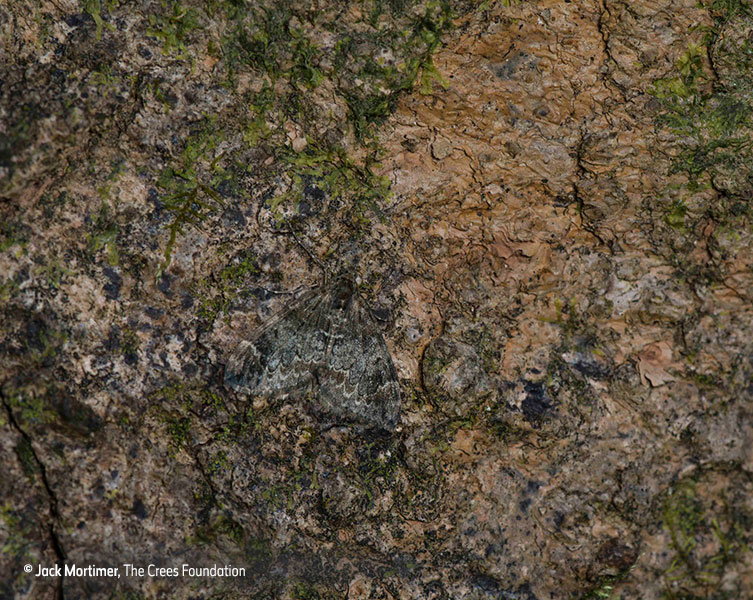
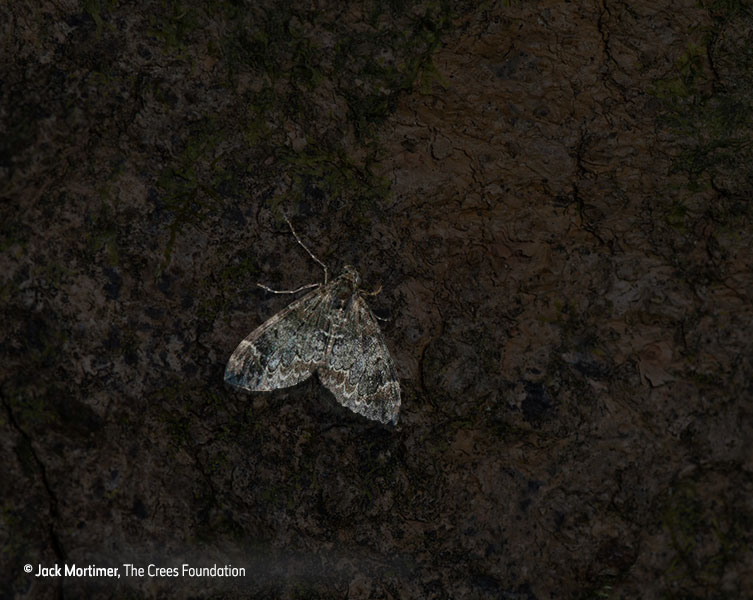



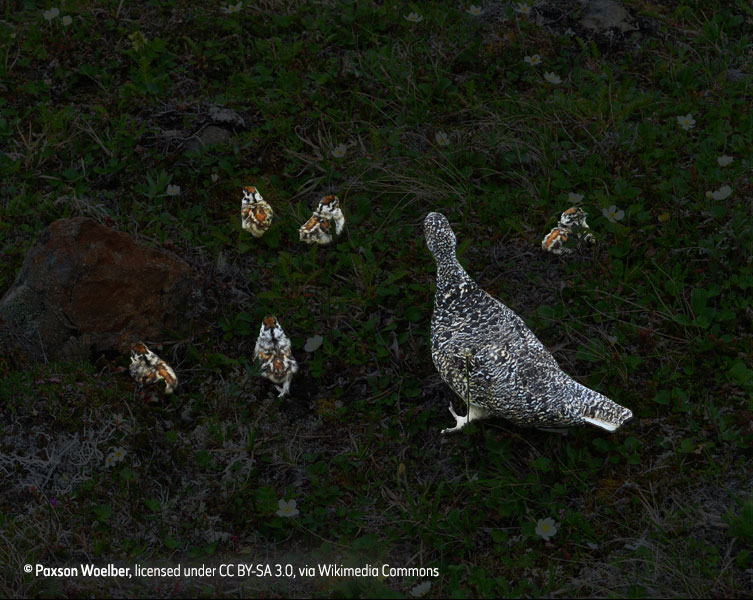
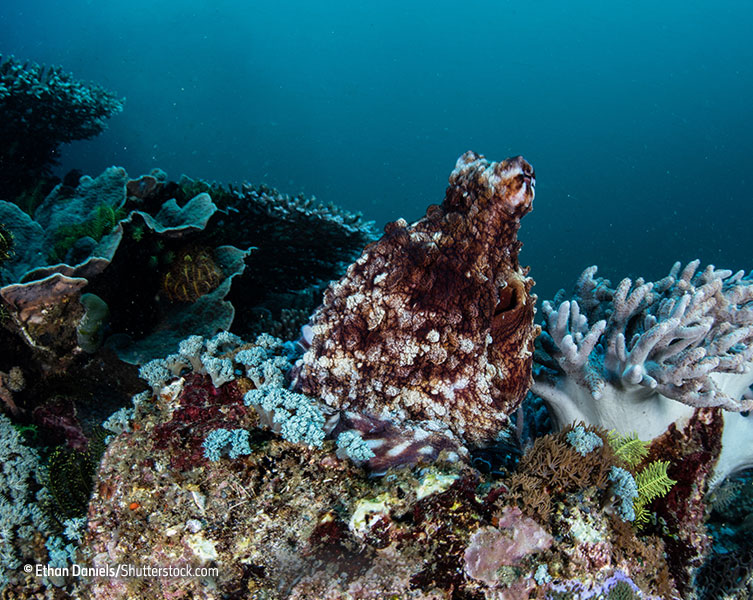
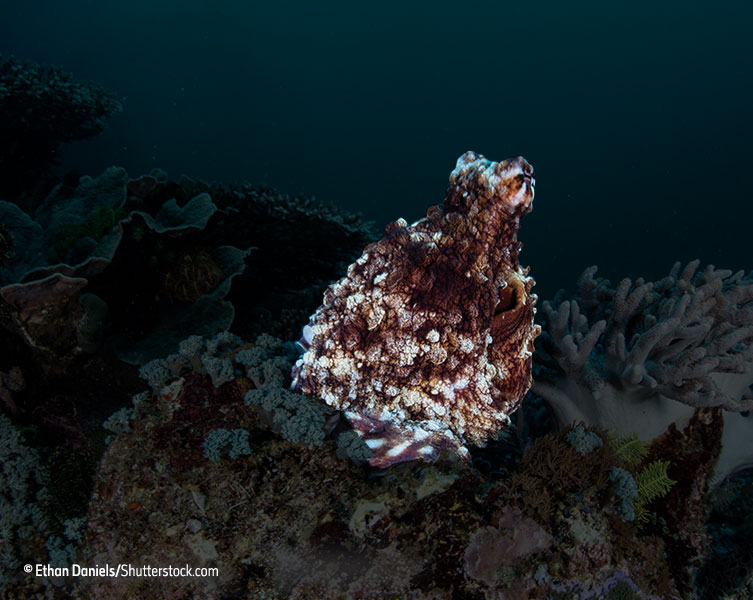



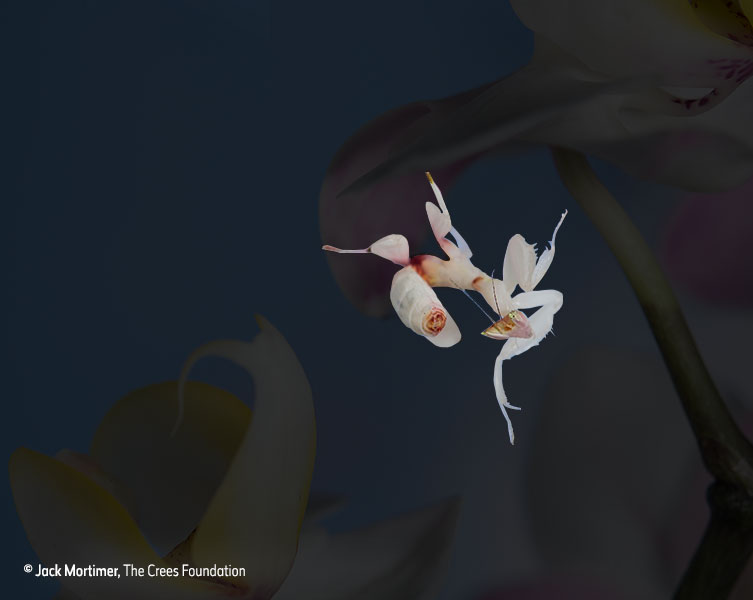


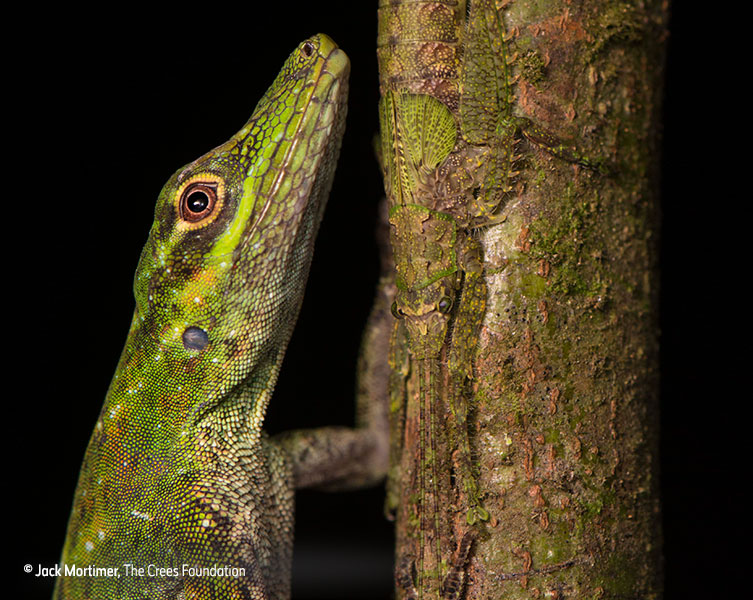

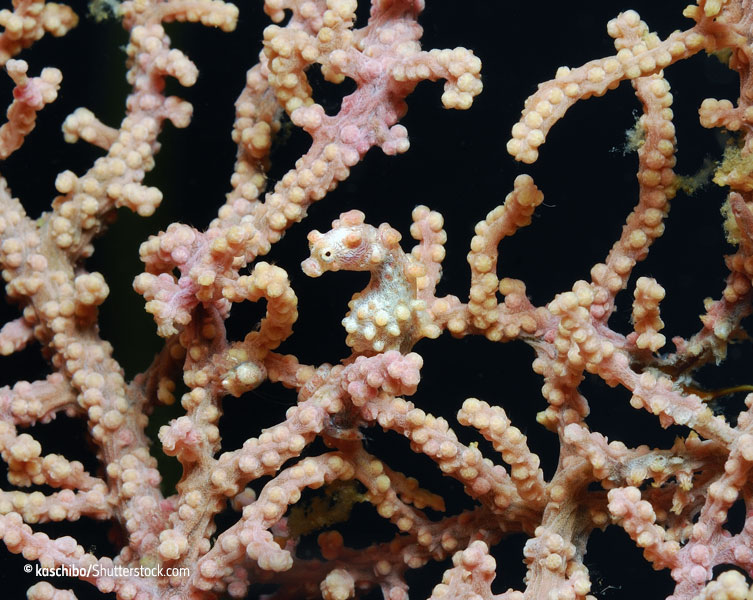

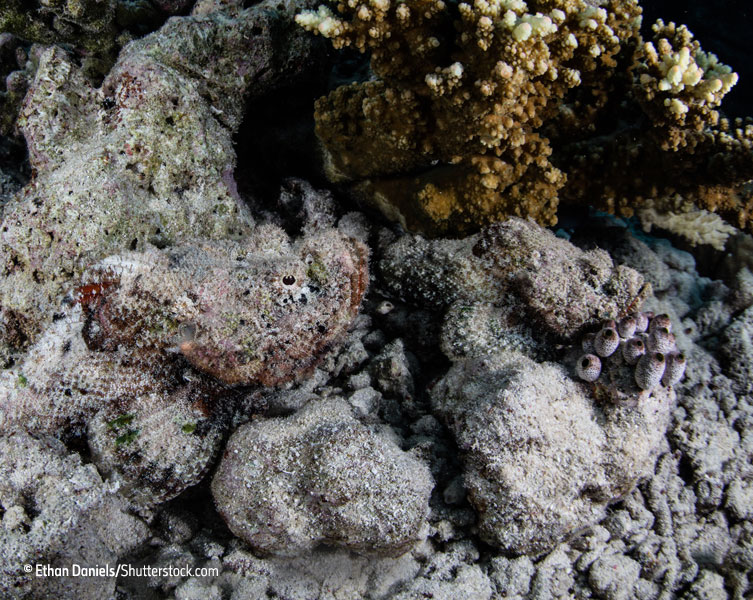
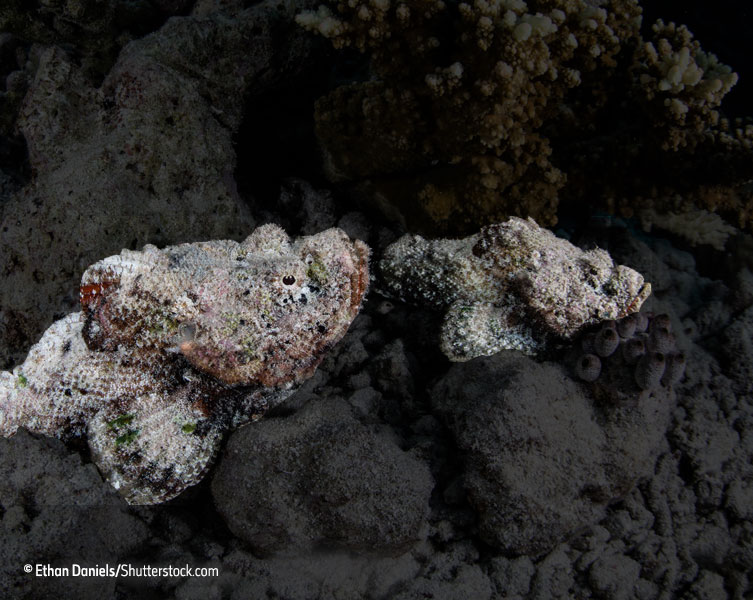
0 Response to "Can You Spot The Camouflaged Animal Game"
Post a Comment